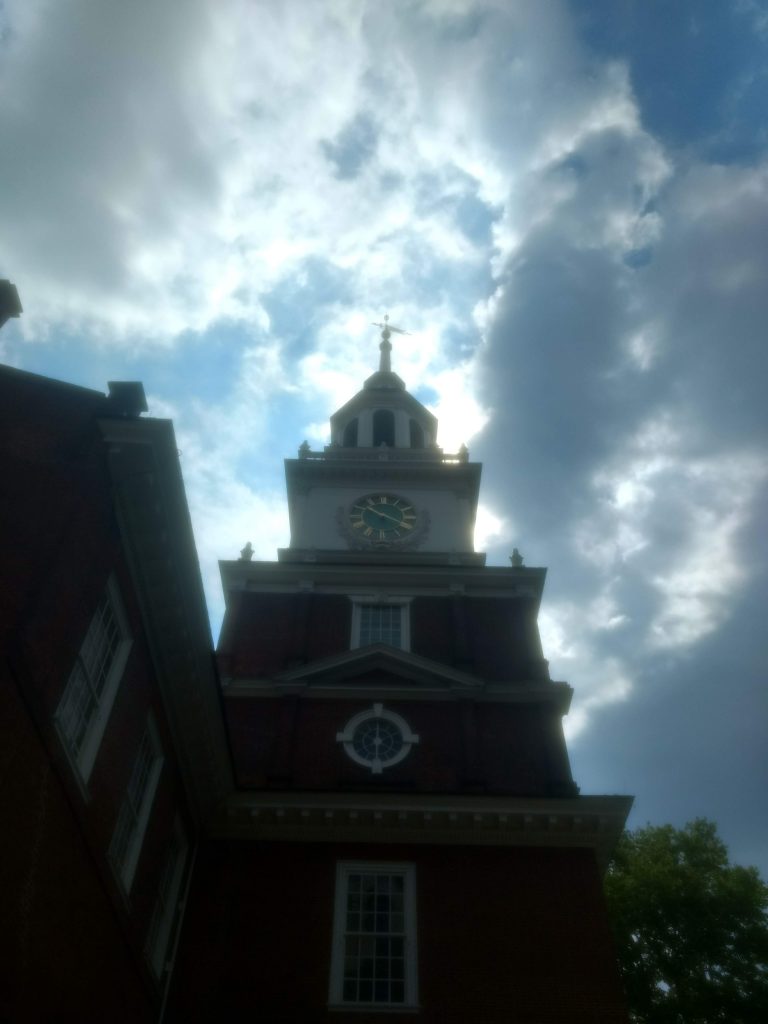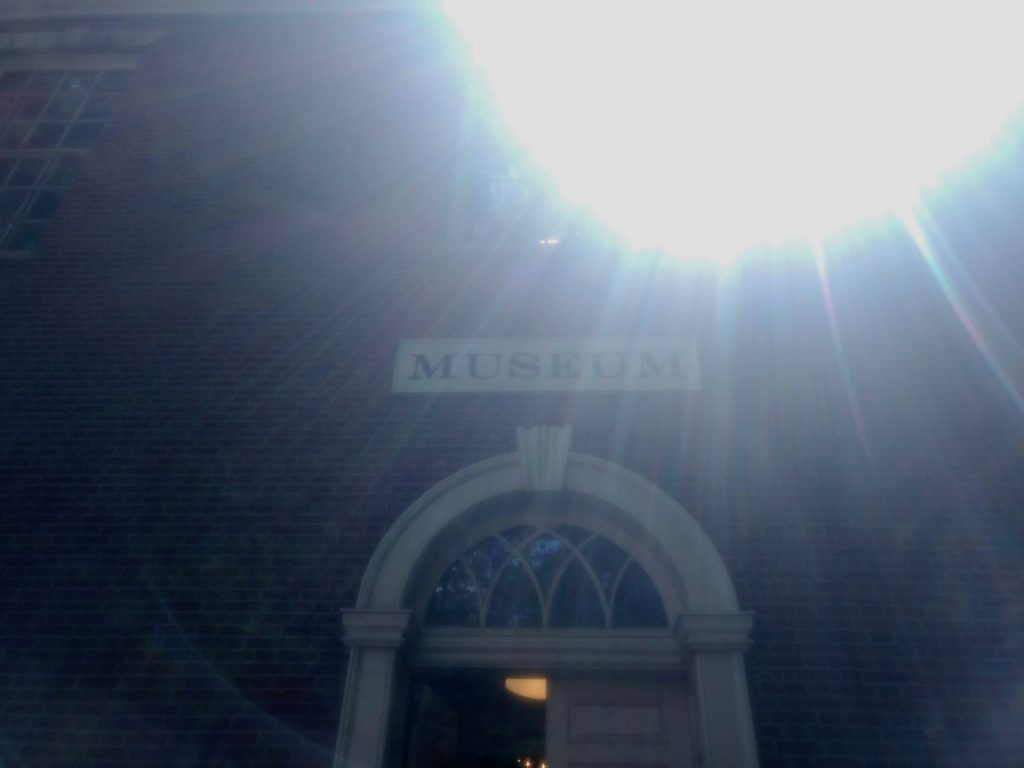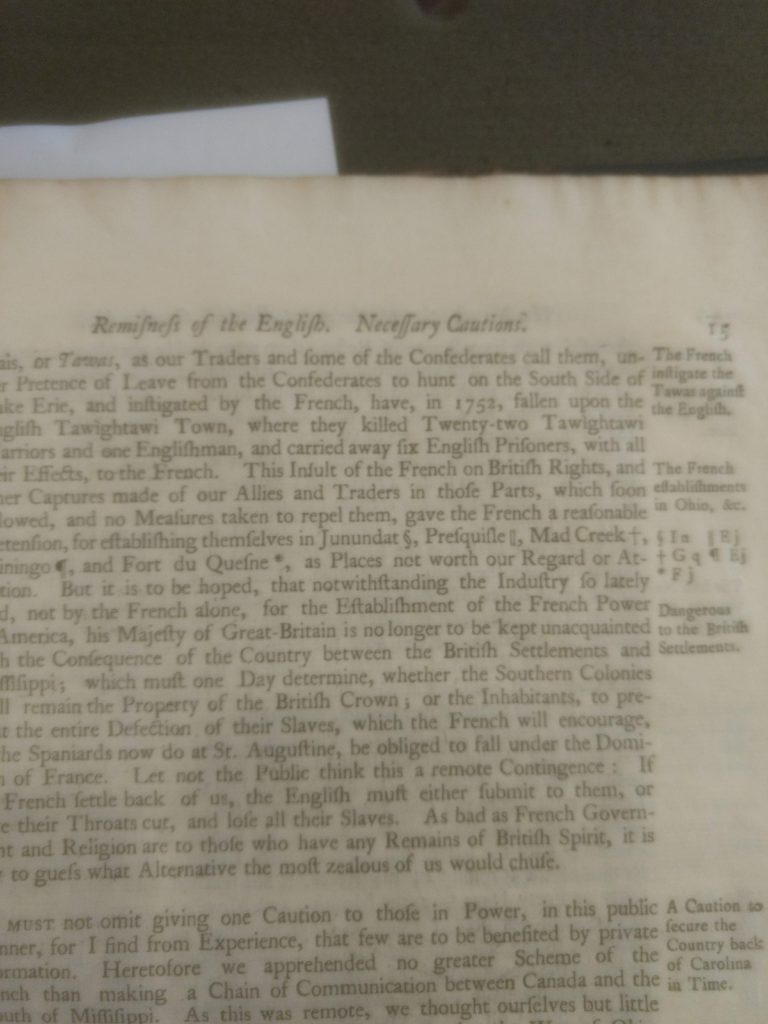Name: Cassidy Gruber Baruth
Class Year: 2019
Major: History/Spanish double major
Hometown: Madison, Wis.
Internship Placement: American Philosophical Society Museum
Job Title: Curatorial Intern
Location: Philadelphia
What’s happening at your internship?
The American Philosophical Society is the oldest “learned society” for scientific knowledge in the United States. When it was founded in the mid-18th century (by Benjamin Franklin, among others!), science was referred to as “natural philosophy,” hence the name. Because of its long history, the APS has a massive collection of scientific materials and papers from everyone to Charles Darwin to Lewis and Clark. I work at the APS Museum, which draws from the APS collections to put on one annual exhibition, so that the general public can enjoy and learn from these objects, not just researchers. This summer, I have primarily been assisting the postdoctoral curatorial fellows with research for the upcoming 2019 exhibition. This research involves finding and reading a breadth of secondary sources, searching the library catalogues for objects that might be pertinent to the exhibition, and examining these objects with the curators to determine whether or not they fit with the themes of the exhibition.
Why did you apply for this internship?
Ever since the first semester of my freshman year, I’ve been fascinated with archival work, and the thrill that comes from spending time with objects that only a few ever see or touch. I’ve been working in Bryn Mawr’s Special Collections since the summer after my freshman year, and I’ve learned that the question of what gets preserved in an archive is not neutral—it is shaped by who/what is deemed important, and at what juncture in time, and by whom, issues which are themselves influenced by race, class, gender, sexuality, and a multitude of other factors.
Over time, I’ve become more interested in museums and public history writ large, which was why I applied to the APS internship. Part of this comes from a simple desire to have everyone experience the thrill of encountering an important historical object that only a few ever get to see, like the Lewis and Clark journals or a letter from Darwin. But the second part is that working here allows me the chance to think about objects that people might not consider important, that may have been adrift in the archives for a while, but which nevertheless tell a crucial piece of this country’s history which should not be forgotten. I’m fortunate enough to work with some incredibly thoughtful curatorial staff who are deeply attentive to narrative, and who find objects that will be powerful and interesting to a wide array of visitors.
What is something you have learned from your internship that you didn’t expect?
I have been so impressed by the amount of work and the number of people who go into making an exhibition. Before I began working at the APS, I had only a vague idea of how many people it took to make an exhibit. It is not only the curators, who research the exhibit, and decide what will be displayed, but the librarians and archivists, who physically find the objects and provide background information; the conservators, who painstakingly clean and repair the objects; the education specialists, who design programs relevant to the exhibit so that more people may appreciate it; the graphic designers, who make posters and exhibition guides; the exhibition designers, who actually install everything; and the directors, who make sure the museum has funding, and more! I have an enormous appreciation for all the work that goes into creating an exhibit.
What is most rewarding about your internship?
I think the wonderful thing about this internship is that it is fulfilling in the short-term and the long-term. In the short-term, I get to view amazing objects nearly every day, and talk about them with people who are just as passionate (and far more knowledgeable) about them than I am. I am learning a tremendous amount about the way museums are structured, designing an exhibit, and working with a team. In the long-term, I’m so excited to see the final exhibit open in May 2019, and to be able to share everything we’ve found with my friends, family, and anyone who happens to walk into the APS on their way out of Independence Hall.




